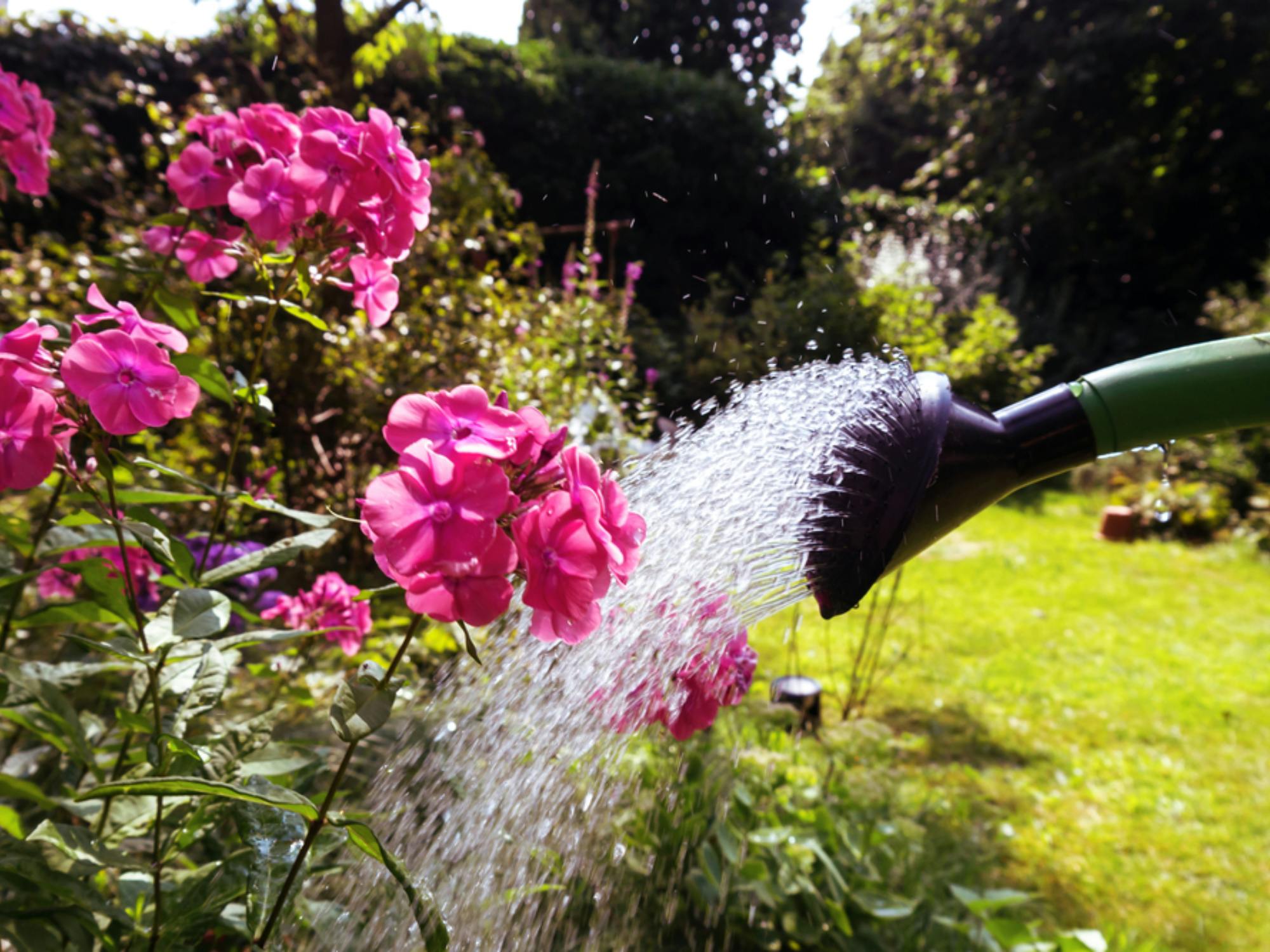
Garden Watering Tips
How to Care for Your Newly Planted Lawn, Shrubs & Trees
It's mid-summer in Long Island, NY, and you may have added new shrubbery and trees to your landscape, or you may be overseeding your lawn this fall. Many plant experts say that the first three years of any plant's life are crucial to the plant's survival.
Water is one of the main ingredients to maintaining your new lawn and landscape because your new plants need to develop a strong root system that can hold onto moisture through the cold, dry winter. Additionally, they need water to grow and live. And that means that you need to know how to properly water your new plants.
Here are 14 watering tips for your new lawn, shrubs, and trees
- Make your watering time productive. You need to allow the water to soak into the ground, so point your nozzle or sprinkler system to the ground and let the water fall.
- Your new plants should be planted in well-drained soil so that the water soaks through to the roots and doesn't pond on top of the ground.
- Make sure your new shrubs and trees get at least one inch of water per week. If you have a least an inch of rain in that time, you won't need to water.
- Conversely, your new lawn needs to be continually moist until the grass fully matures.
- It's best to water your lawn, shrubbery and trees in the early morning. Some suggest between 4 a.m. to 8 a.m. are ideal watering times. The water will actually soak into the soil better in the morning. If you wait until the afternoon to water your landscape, you will lose water through evaporation since it gets hotter throughout the day. Night-time watering is the worst time of day to irrigate your lawn and landscape because water droplets sit on your lawn or on wooded plants overnight when it's more humid and dark. Thus, fungal diseases may develop.
- You can invest in a good irrigation system that is programmable to start irrigating your lawn and landscapes between 4 a.m. - 8 a.m. A professionally designed and built irrigation system will save you money and water over the long haul. They're designed to be more efficient and effective compared to the average sprinkler system that you can buy at a big box store.
- It's imperative that you keep up with your watering routine from mid-August to October to encourage deep root growth.
- In case you haven't been actively watering your new plant media, keep in mind that you can start right now. If you notice your new trees are losing leaves during a dry spell, commit to giving them one inch of water a week unless it rains. Even though they may not produce new leaves before next spring, you'll be giving them time to resuscitate and the ability to hold moisture in their roots to get them through the winter.
- Yet, you don't want to over-water your shrubs and trees because their roots could rot. You can tell that your plants rotted when they look brown and are not thriving at all. Also, if you dig them up you'll notice that their roots are brown and slimy.
- To help keep moisture in your soil for a longer period of time, place about 2 - 3 inches of mulch around the base of your trees and under shrubs. Don't put any mulch directly against the tree trunk because you may encourage insect infestation and diseases to enter into your tree.
- To keep moisture in your lawn for a longer period of time, as well as add some natural nutrients into the soil, put about 1/8th - 1/4th inch of compost onto it.
- Consider adding drip irrigation to your new shrubs and trees. Drip irrigation is built so that water is delivered right at the roots in the right amount at the right time. And no one will be able to see the irrigation lines because they're underground. Drip irrigation, according to Cornell University's “Water Wise Gardening” fact sheet, saves about 50 percent more water than traditional irrigation systems do, and it delivers the water slowly and directly into the root system.
- For your lawn, consider getting an automated irrigation system added to your property. You can add a rain sensor that shuts off the sprinkler system when it starts raining and a time sensor where each day you program the time and duration to irrigate your lawn.
- Limit the amount of fertilization that you apply to your newly seeded lawn or your new planted shrubbery and trees. Too much fertilizer, along with regular watering, will make your new plants grow too fast and will inhibit good root development.
Cornell University Cooperative Extension. “Water Wise Gardening,” Rockland County
Cornell University. “Rx for Landscape Woes: Water Trees and Shrubs, Not Lawn,” August 5, 2010, Cornell Chronicle
Donnan, Bob. "Watering Trees"
Feather, Sandy. "Watering New Landscaping: The First Year is Critical to Plant Survival"
Ward, Steve. "Watering," June 23, 2014. Penn State Extension, Lackawanna County

Contact Information
Fill up the form and our Team will get back to you within 24 hours.
